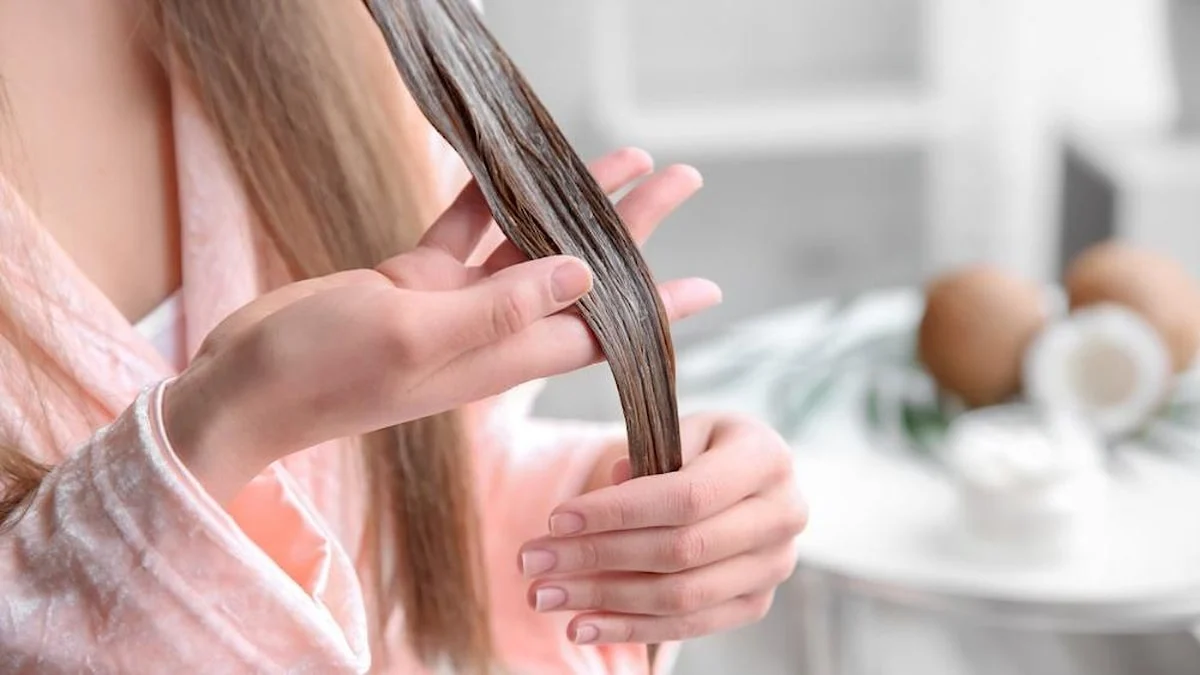Perms, short for “permanent waves,” have been a popular hair transformation technique for decades, offering individuals a way to achieve beautiful, long-lasting curls or waves. This chemical hair treatment involves altering the natural structure of the hair to create texture and curl patterns that can last for several months. Perms have seen various trends and evolutions over the years, making them a timeless choice for those seeking to change their hairstyle. In this comprehensive guide, we will delve into the world of perms, exploring the different types, the process involved, aftercare tips, and the factors to consider before taking the plunge. What is a Perm? A perm is a chemical hair treatment that involves altering the hair’s internal structure to create curls or waves. It works by breaking and reshaping the disulfide bonds present in the hair, followed by setting the hair in the desired shape. The result is a semi-permanent transformation, with the curls or waves typically lasting for several months, gradually loosening as the hair grows. Perms are highly versatile and can be tailored to achieve various curl patterns, from loose beach waves to tight spiral curls. They offer a low-maintenance option for those looking to add volume, texture, and style to their hair without the need for daily heat styling. The Evolution of Perms The concept of perming hair has been around for centuries, but it gained significant popularity during the 20th century. The modern perm, as we know it today, was developed in the 1930s by Arnold F. Willatt, a British hairdresser. The process initially involved using harsh chemicals and heat, resulting in damage to the hair and an unnatural appearance. Over time, advancements in hair technology and the development of more gentle and effective perm formulations led to the evolution of perms. In the 1970s and 1980s, big, voluminous curls became the trend, and perms were a common choice to achieve this look. However, as the concept of “wash-and-go” hairstyles gained popularity, the demand for perms declined. In recent years, the perm has experienced a resurgence, with a focus on more natural and soft curl patterns. Beachy waves, loose curls, and textured hairstyles have become trendy, and perms have once again become a sought-after hair transformation option. Types of Perms The digital perm is a modern variation of the traditional perm, known for creating soft, natural-looking curls. It involves the use of digitally controlled rods to create consistent and uniform curls. Digital perms are ideal for those seeking a more relaxed, wavy look rather than tight and uniform curls. The beach wave perm is designed to create effortless, beachy waves that mimic the look of naturally tousled hair after a day at the beach. It produces loose, relaxed curls with subtle volume, making it a popular choice among those looking for a low-maintenance, carefree hairstyle. The spiral perm is characterized by tight, springy curls that create a dramatic and voluminous effect. It involves wrapping the hair around small rods in a spiral pattern, resulting in long-lasting, defined curls. Spiral perms are suitable for those seeking a bold…









